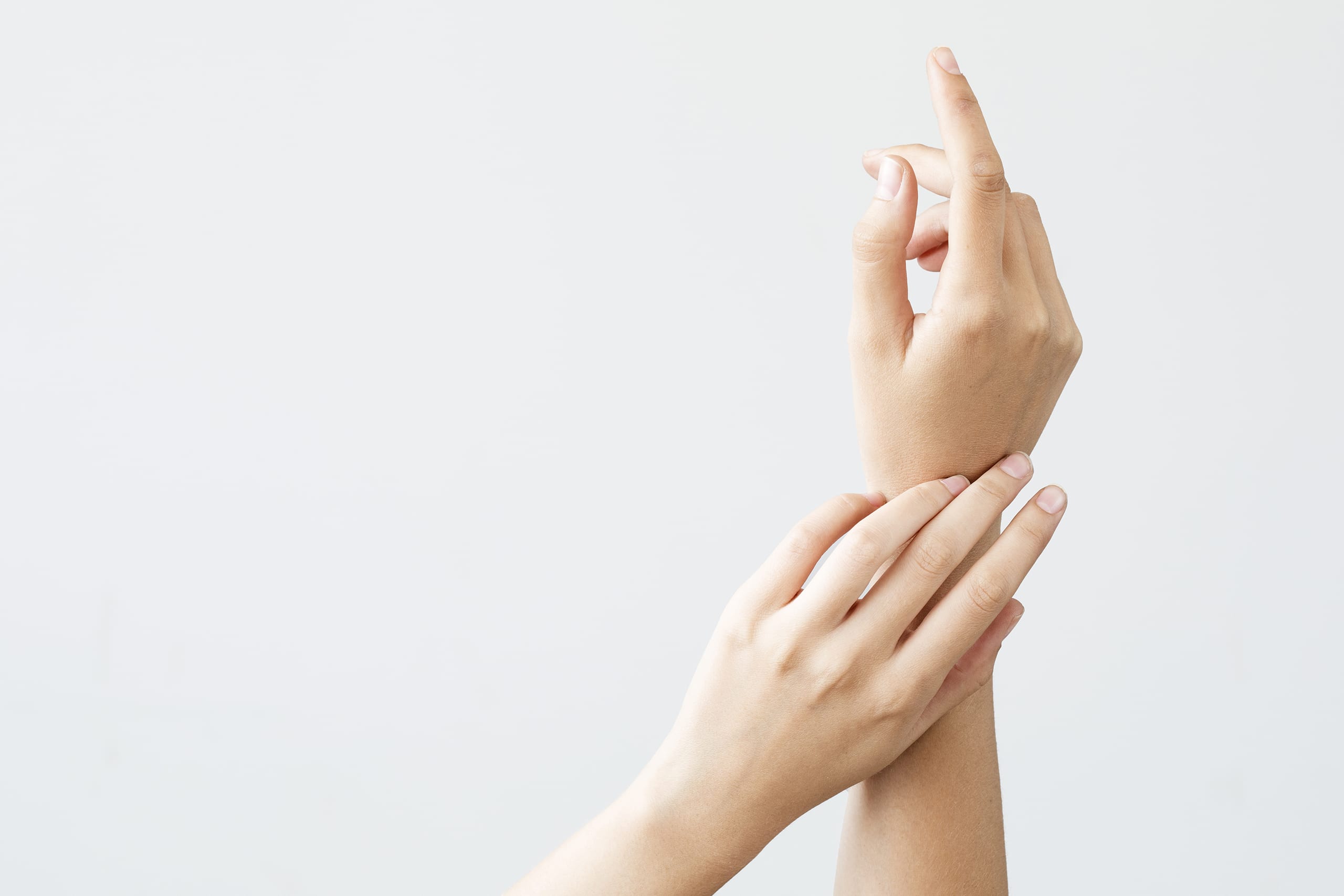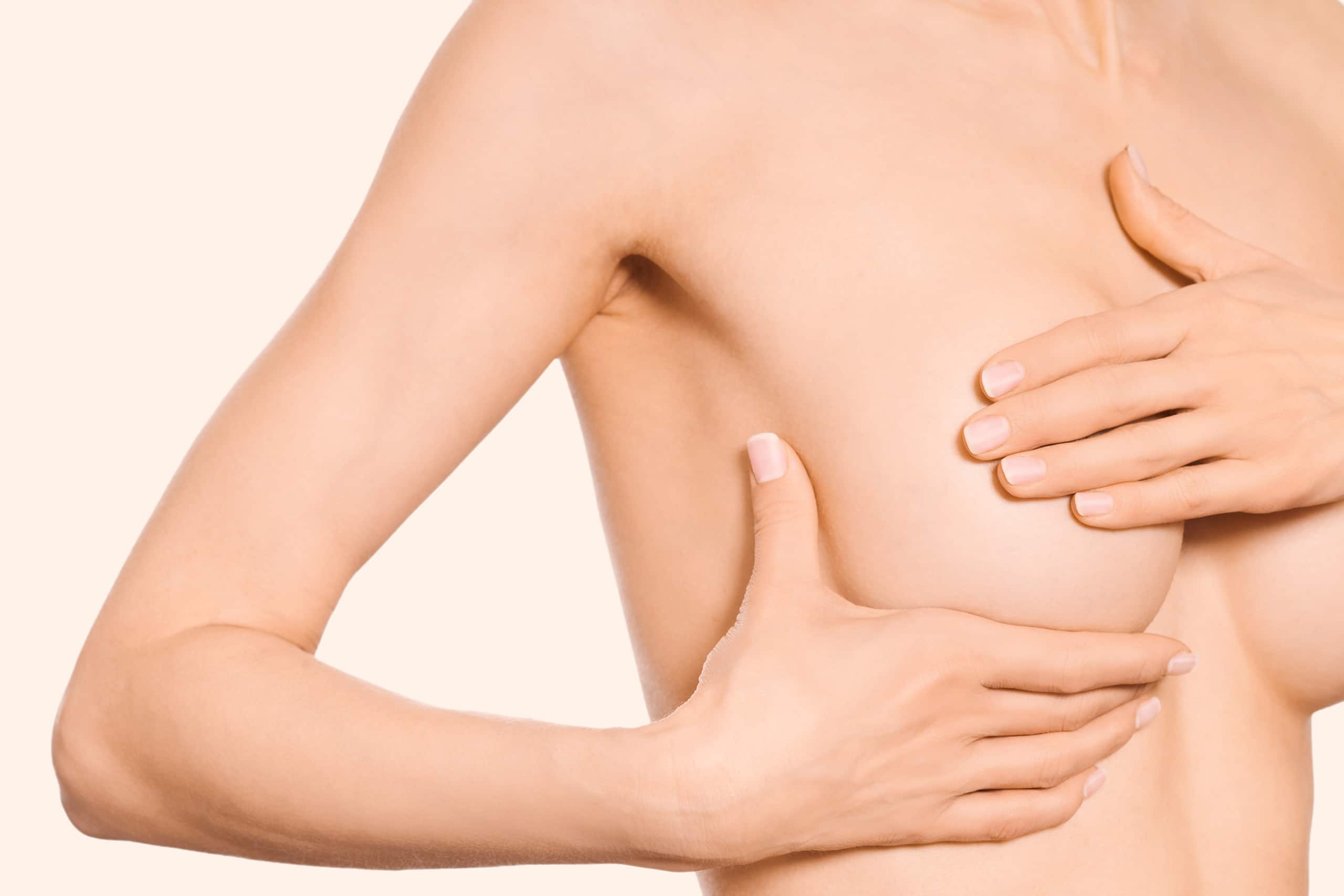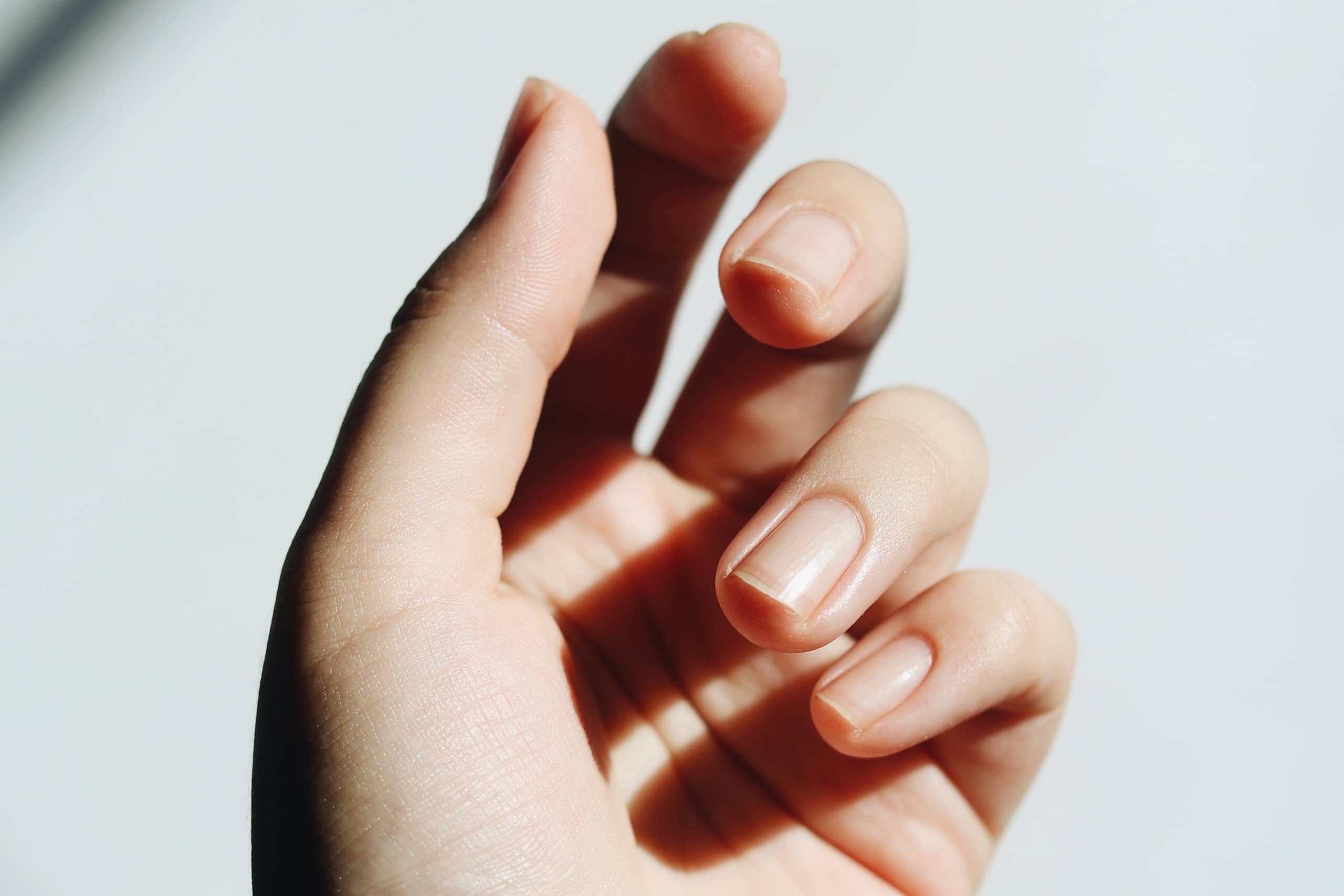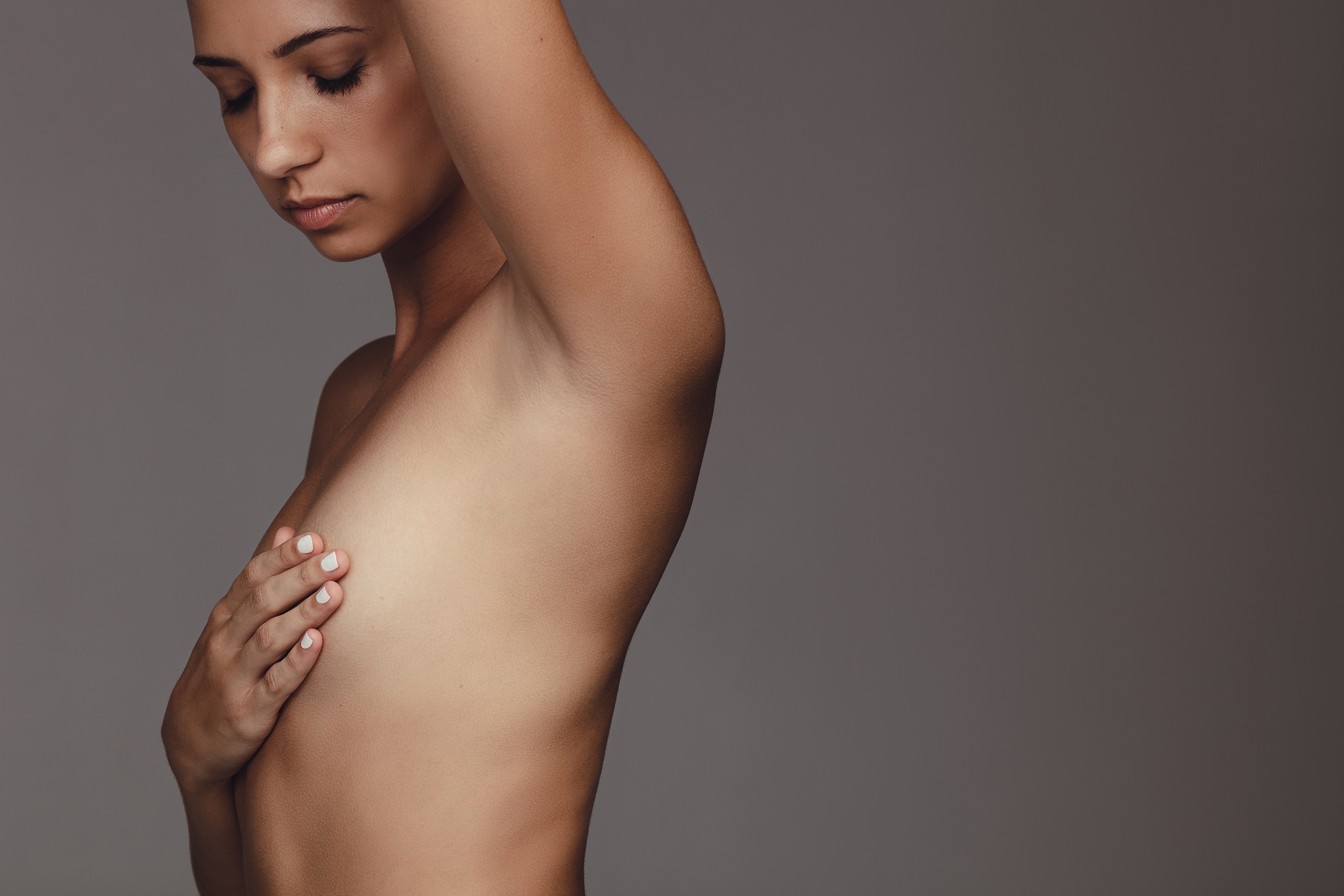Dupuytren’s contracture is a disease of the tendons in the hand, in which the structure of the tendons become shortened and ultimately leads to the loss of mobility of the fingers. In terms of treatment, surgery can, in most cases, provide a remedy and improve the symptoms. Below, you will find out which therapy options are available and what you have to consider when treating Dupuytren’s contracture.
What are the symptoms of Dupuytren’s contracture?
Dupuytren’s contracture, also known as Dupuytren’s disease or palmar fibromatosis, is a disease of the hand tendons. Shortening of the tendon structures in the palm of the hand causes restriction of mobility in the joints – affected individuals are unable to stretch their ring and little fingers normally. Dupuytren’s contracture often affects both hands, although the extent of the shortening of the tendons in each hand can be different.
The course of the disease can be divided into four stages. The first symptoms that patients feel are string-like, flat hardenings on the ring and little fingers, which are expressed as nodules on the palm of the hand. These nodules are caused by scarring of the palm fascia, which we call the palmar aponeurosis. In addition, there is a slight contracture at this point, which makes it increasingly difficult for those affected to straighten their fingers.
In the further stages II and III the tissue increasingly hardens. This causes a more pronounced flexion contracture and malpositions. In stage IV, the cords have already grown around muscles and the extensor apparatus is fixed to the joint capsules. As a result, the affected fingers continue to bend and can no longer be stretched out. Although the disease is usually painless at first, stage IV can sometimes be associated with pain and lasting impairment of the function of the hand.

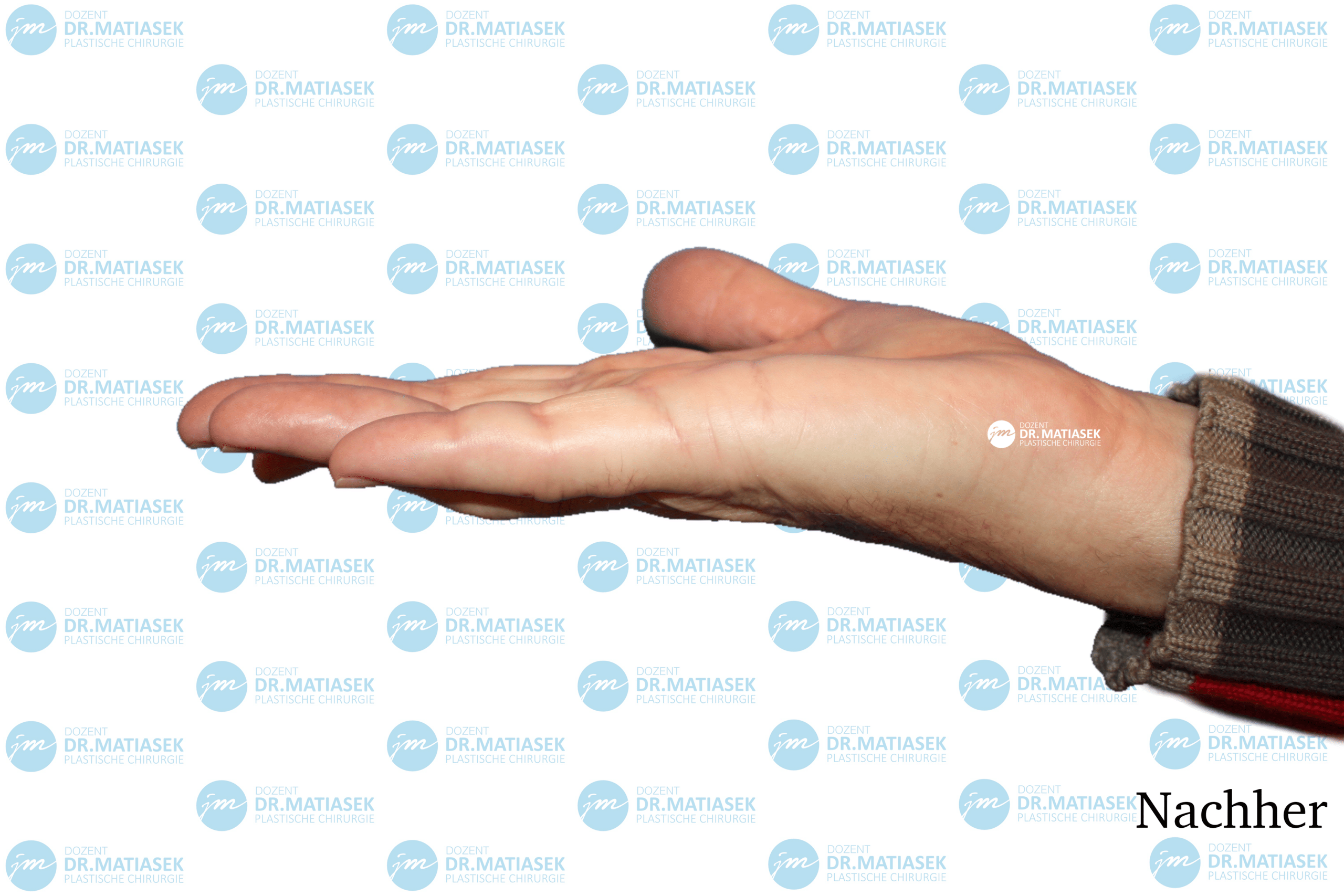
What are the causes of Dupuytren’s contracture?
The exact cause of Dupuytren’s contracture is not fully known. However, researchers suspect that genetic influences play a role in the development of the disease, because in a third of all cases at least one family member is also affected by Dupuytren’s disease.
In addition to this, it is assumed that certain substances, such as alcohol, alter the growth of the connective tissue which, in the course of the disease, lead to a shortening of the original tissue structures and the typical curvature of the affected fingers. This theory is supported by the fact that the disease occurs mainly in men over the age of 40 with alcohol-toxic liver damage, because in higher concentrations the alcohol itself contributes to the malformation. But smoking and other diseases such as diabetes mellitus, epilepsy and physical trauma may also be associated with Dupuytren’s contracture.

What do I have to consider before treating a Dupuytren’s contracture?
Before the treatment, Dr. Matiasek examines your hand and explains to you in consultation about different therapy options including the entire course of treatment and any complications. In this regard, it is particularly important to him that you feel fully informed about the procedure and thus arrive with a calm feeling on the day of the operation. In addition, Dr. Matiasek will ask about any medication you are taking regularly as this is essential in preparing for the procedure. Please make sure that you are not taking any blood-thinning medication such as aspirin 14 days before the operation. If you use sleeping pills, you should stop taking them two weeks in advance and avoid substances such as alcohol and nicotine. If the procedure takes place under general anesthesia, you can consume light food for up to six hours beforehand and water or unsweetened tea for up to two hours beforehand.
How does the treatment of Dupuytren’s contracture work?
In the treatment of Dupuytren’s contracture, depending on the severity of the disease and the information from the initial consultation, it will be decided which of the various surgical techniques is suitable for you. One of the surgical techniques is a needle fasciotomy, which can be performed primarily on an outpatient basis and under local anesthesia. In doing so, Dr. Matiasek stiffens the Dupuytren strands with fine needles. This makes the strands porous and will eventually tear completely as soon as you gently stretch and move the affected finger. With this method, several treatment sessions may be necessary to achieve the desired result.
Another technique is partial or total fasciactomy. In a partial fasciactomy, all of the connective tissue affected by the disease is removed while the healthy tissue is spared. If, however, a total fasciactomy is necessary, parts of the surrounding tissue must also be removed in addition to the diseased tissue.
Another option is dermofasciectomy. In this method, Dr. Matiasek not only affects the affected connective tissue, but also part of the skin over it, which is why a subsequent skin transplant is necessary.
There are also some non-surgical options, such as massage or physiotherapy. However, these cannot halt the course of Dupuytren’s contracture and therefore rarely achieves any verifiable success. A non-operative method that is definitely more promising is the so-called Xiapex therapy. Dr. Matiasek uses a “collagenosis” injection to tear open the affected strands without removing the thickened structures.
What are the complications of treating Dupuytren’s contracture?
As with any surgical procedure, there are also possible complications and risks associated with the operation of Dupuytren’s contracture, which cannot be completely ruled out. However, it should be emphasized that such incidents are very rare nowadays, as highly developed medicine enables us to use different techniques.
Immediately after the treatment of Dupuytren’s contracture, small bleeding can occur and redness, swelling and bruises often occur. However, please do not let these symptoms worry you, because they are completely normal and will go away on their own after a few days or weeks. There is also the risk of infection, impaired wound healing and temporary numbness that can result from injury to the nerves and blood vessels. Should you feel that the symptoms are getting worse and something is wrong, please do not hesitate to contact Dr. Matiasek immediately so that he can initiate appropriate treatment.
What do I have to consider after treating a Dupuytren’s contracture?
After the operation, you will stay in the clinic for at least one night so that the team can closely monitor your health in the first few hours after the operation. However, if the treatment was carried out on an outpatient basis, you can go home immediately.
After the procedure, you will receive a special bandage that will allow you to keep your hand steady and stable while moving your fingers carefully at the same time. It is important that the finger movements are slow and, above all, controlled, because this will help prevent re-stiffening. As part of the follow-up treatment, Dr. Matiasek offers his patients occupational therapy, through which they learn special exercises to do several times a day in order to contribute to a positive recovery. Good scar care is also important so that, ideally, nothing can be seen later, but also so that you can use your hand without restriction in the future.
For at least 14 days after the procedure, make sure that you do not strain your hand under any circumstance. The sutures will be removed after two weeks, but you can only put full weight on your hand after about six to eight weeks. Again, however, you should be extremely careful at first. Depending on your professional activity, you must expect a corresponding amount of downtime.
In addition, you should refrain from consuming alcohol and nicotine during the healing phase, as these can negatively affect wound healing. You should also avoid visits to the sauna, steam bath, swimming pool and solarium. After the surgical procedure, there are also several follow-up examinations so that Dr. Matiasek can precisely control the healing process. With the non-surgical method, you do not have to stay in the clinic, but you do have to wear a special night support for about three months. The advantage here is that you are able to work and socialize again just one day after the treatment.
What is the prognosis for a Dupuytren’s contracture?
As a rule, the prognosis after treatment of the disease is extremely positive. This means that after the procedure you can finally go back to your usual everyday life without pain and without restriction. Unfortunately, however, it cannot be completely ruled out that a new Dupuytren contracture will develop in the future, because Dupuytren’s contracture usually takes place in phases. This means that those affected may not have any symptoms for a long time, but the disease can suddenly worsen again. In other patients, nodule formation, which is no longer a hindrance, persists for a lifetime and does not require an operation.
In some patients, Dupuytren’s contracture is much faster than in others. With the help of a customized and professional treatment option, Dr. Matiasek will bring back a large part of your quality of life and joie de vivre.

